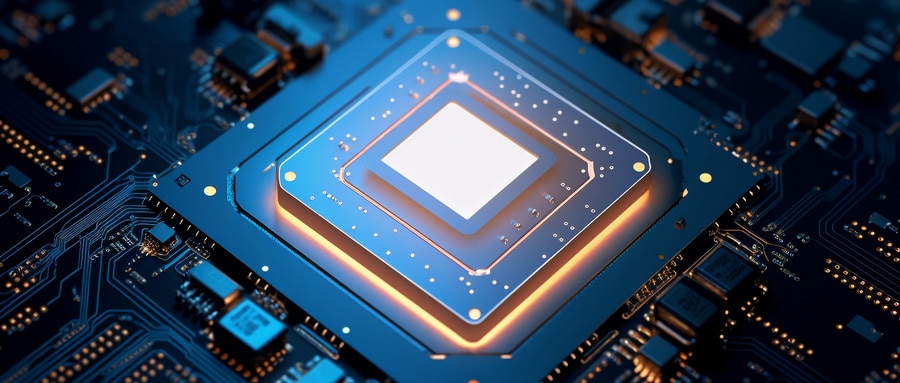Exploring PCB Productions: A Comprehensive Overview of Modern Manufacturing Techniques
PCBs (Printed Circuit Boards) have become common household terms due to their integral role in electronic devices. Their production involves multiple steps and techniques that have evolved over time to meet modern electronic device demands, so let’s embark on an engaging journey together as we unravel its intricacies.
Any exploration of PCB productions must begin with PCB design. The design phase brings the idea of circuitry to life through computer-aided software to produce circuit boards. This complicated task entails selecting PCB size and shape specifications as well as component locations and signal traces routing – creating the blueprint of the PCB that serves as the basis for further pcb productions processes.
Once the blueprint is approved, production begins in earnest. The first step involves prepping raw material – typically copper-clad laminate. Copper oxide must then be stripped away using various chemicals until only its design remains. Holes need to be drilled strategically so as to fit and solder components correctly – an elegant dance that requires precision execution.
Multilayer PCBs require additional steps, such as stacking and pressing layers together before applying copper plating to ensure proper electrical connections between layers. This important process, known as lamination, uses heat and pressure to adhere the various materials into one functioning board.
Once a PCB base has been prepared, assembly begins. Components are attached via surface mount technology (SMT) or through-hole technique; SMT has become increasingly popular due to its space-saving benefits; this method enables high component counts within tight spaces.
Soldering is then used to form electrical connections between components and the PCB. Once soldered, cleaning takes place to eliminate flux residuals that could potentially short circuit or cause corrosion damage to prevent potential short circuits or shorts in future short circuits or corrosion issues.
Quality control and testing are an integral component of PCB production. Here, boards undergo stringent scrutiny to test for functionality, durability and reliability – this involves visual inspection, automated optical inspection (AOI) and functionality testing.
PCBs that pass quality inspection are then sheared down, separated, and packaged ready for packaging and shipping – providing one final checkpoint before they’re released into the world of electronic devices and become brains or nerves controlling or coordinating tasks seamlessly.

PCB production is more than a simple manufacturing process – it is an intricate orchestra of steps designed to form the core of modern electronic devices. Producing PCBs involves precision, knowledge, and an eye for perfection – including aspects such as quality, sustainability, performance and speed.
Technology advancements provide us with newer and more efficient ways of producing PCBs. PCB production is indeed rapidly developing with innovations set to advance digital age further.
PCB Productions FAQ:
- What is PCB Productions?
PCB productions involves the process of creating printed circuit boards used in electronic devices. It involves several stages, including design, substrate preparation, circuit pattern creation, layering and lamination, drilling, and plating, among others. - What are the key stages in PCB Productions?
Major stages in PCB productions include design, material selection, etching, drilling, placement of components, soldering, testing and packaging. - How long does it take to produce a PCB?
The production time of a PCB depends on the complexity of the design and the manufacturer’s process. Standard lead times can range from a few days to several weeks. - What materials are used in PCB Productions?
Common materials used in PCB productions include a substrate (often FR4), copper (for the conductive layers), solder mask, and silkscreen. - What machines are used in PCB Productions?
Multiple machines are used in PCB productions. These include CNC machines for drilling, plating lines for copper and other metal plating, etching equipment, pick-and-place machines for component placement, reflow ovens for soldering, and various types of inspection and testing equipment. - What is the role of soldering in PCB Productions?
Soldering is the process by which electronic components are attached to the PCB. This involves the use of a type of metal (solder), which is melted to create a conductive joint. - How are PCBs tested during production?
PCBs are tested at various stages of the production process to ensure functionality and reliability. Common testing methods include visual inspection, automatic optical inspection (AOI), in-circuit tests (ICT), functional testing, and X-ray inspection. - What is the type of file needed for PCB Productions?
The most common type of file needed for PCB productions are the Gerber file. This file provides the manufacturer with a complete description of the PCB including the copper layers, solder mask, component notations, and more. - Can PCBs be recycled?
Yes, certain parts of a PCB can be recycled. Precious metals like gold, copper and silver can be reclaimed, and some plastics and ceramics can be reused. However, due to the complexity and potential for hazardous materials, this should be carried out by suitable professional recycling facilities. - What are Multi-Layer PCBs?
Multi-layer PCBs have more than two conductive copper layers. These layers are separated by insulation, and the entire board is laminated together. They are often used in complex electronic circuits.























